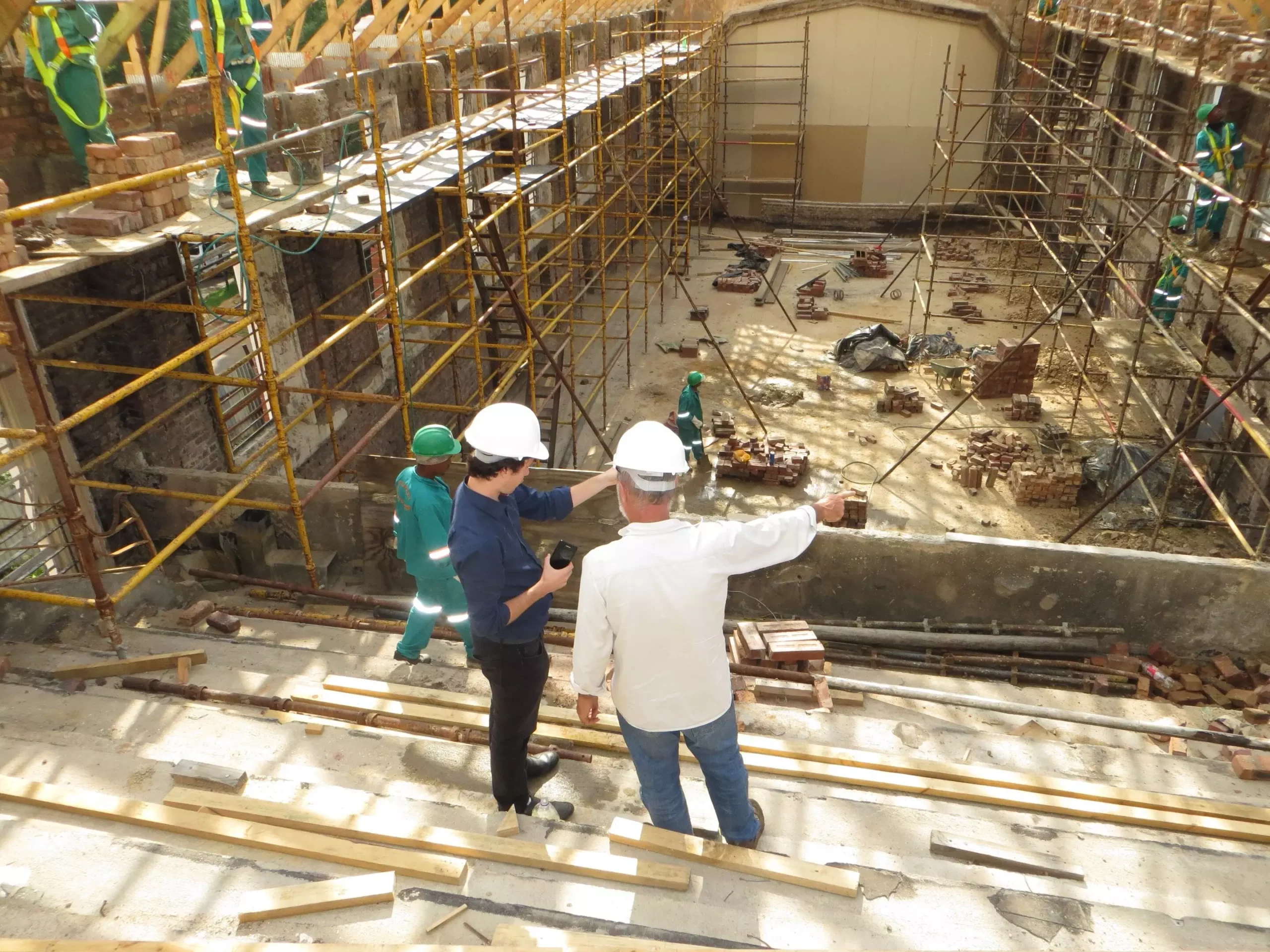The construction sector across Europe faces a critical juncture as it grapples with the pressing demands for sustainability and energy efficiency. A recently published study in the journal Renewable and Sustainable Energy Reviews outlines the daunting reality that approximately 75% of the continent’s building stock is deemed energy inefficient. As total floor space is predicted to grow by over 20% in the coming three decades, the urgency to adopt innovative and eco-friendly building practices has never been greater. The need for a paradigm shift in how we construct and renovate buildings is not merely a matter of regulatory compliance or corporate social responsibility; it has significant implications for achieving larger environmental goals, particularly in light of global climate agreements.
The research highlights the potential of integrating advanced technologies to radically transform energy consumption in both residential and commercial properties. By leveraging solutions such as solar energy systems and heat pumps, the study indicates that it may be feasible to cut down energy use for heating and cooling needs by an impressive 97%. This dramatic reduction not only supports a vision of a net-zero building sector but also promises significant benefits in terms of energy security—a concern amplified by recent geopolitical tensions. The ability to improve energy independence can alleviate financial burdens and contribute positively to public health by enhancing indoor environmental quality.
One of the crucial aspects of the research conducted by Dr. Souran Chatterjee and his collaborators from various academic institutions is its emphasis on the co-benefits of shifting to energy-efficient buildings. Notably, the transition promises to improve individual well-being—empowering occupants through better air quality, thermal comfort, and overall healthier living conditions. These benefits extend beyond individual dwellings to offices, schools, and public buildings, creating an environment that enhances productivity and well-being. Additionally, investing in energy-efficient construction practices will stimulate job creation in emerging green technology sectors, balancing economic growth with environmental responsibility.
The researchers employed sophisticated mathematical models, such as the High-Efficiency Building (HEB) energy model, to estimate the potential for energy demand reduction across Europe. Their findings underscore an ambitious yet realistic path toward significantly lowering energy consumption—by up to 86% for residential cooling and around 76% for non-residential properties by 2050. Countries within Europe that traditionally rely heavily on cooling systems, such as Italy, France, Spain, and Greece, stand to gain immense advantages by adopting these latest innovations in energy efficiency.
Furthermore, the data indicate that targeting comprehensive renovations and new builds with a focus on sustainable practices could yield an 80% reduction in heating demands by 2050. This is especially critical given the projected increase in thermal energy needs, which, if left unaddressed, could rise by 7% by 2060. The introduction of on-site energy production methodologies, such as additional heat pumps and solar panels, could further reduce energy requirements for heating and hot water, reaching savings of approximately 90%.
The stark warnings embedded in the study serve to highlight the urgency of action. Failure to implement energy-efficient solutions may not only derail efforts to stabilize emissions but could also exacerbate existing energy crises. The inevitable rise in energy demand will constrain future generations’ capacity to achieve climate targets outlined in international agreements, such as the Paris Agreement. Delays in adopting these sustainable practices could lead to higher long-term costs, both financial and environmental.
Europe’s construction sector stands at a pivotal point where embracing advanced energy efficiency technologies can lead towards carbon neutrality by 2060. The implications of such a transformation stretch far beyond mere compliance, positioning the building sector as a cornerstone in the global effort to combat climate change. The choices made today will not only define the energy landscape of Europe but also shape the health and well-being of its inhabitants for generations to come.


Leave a Reply